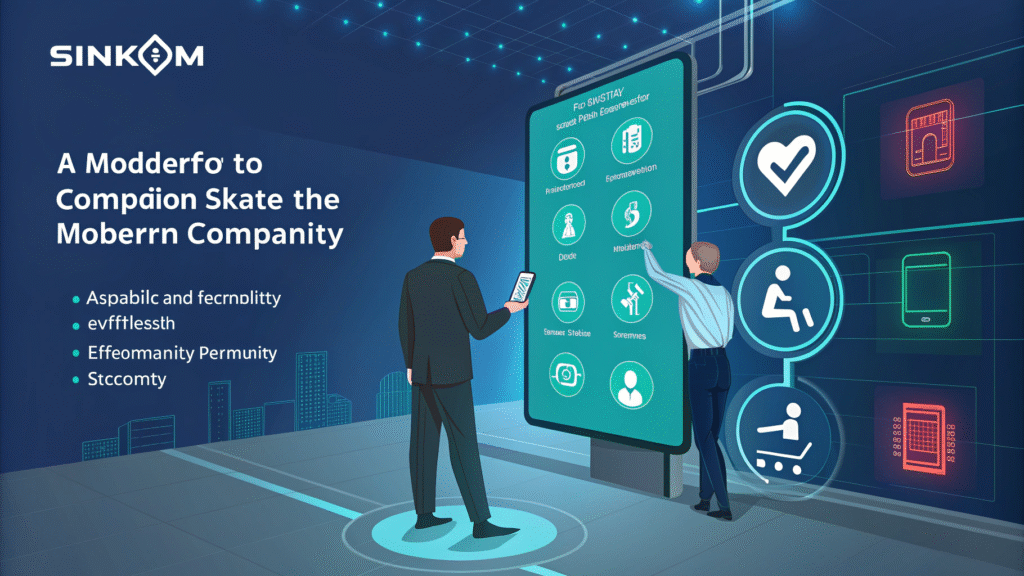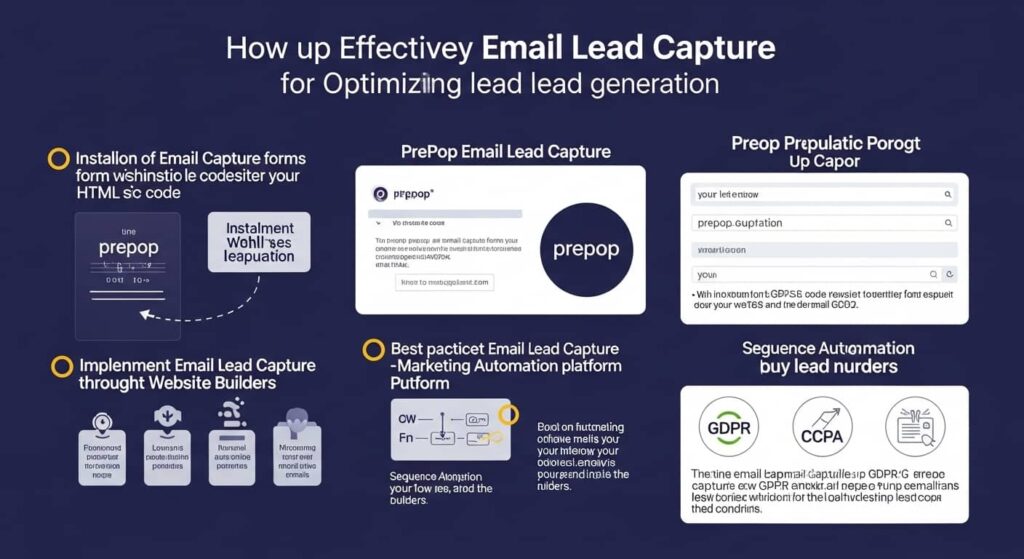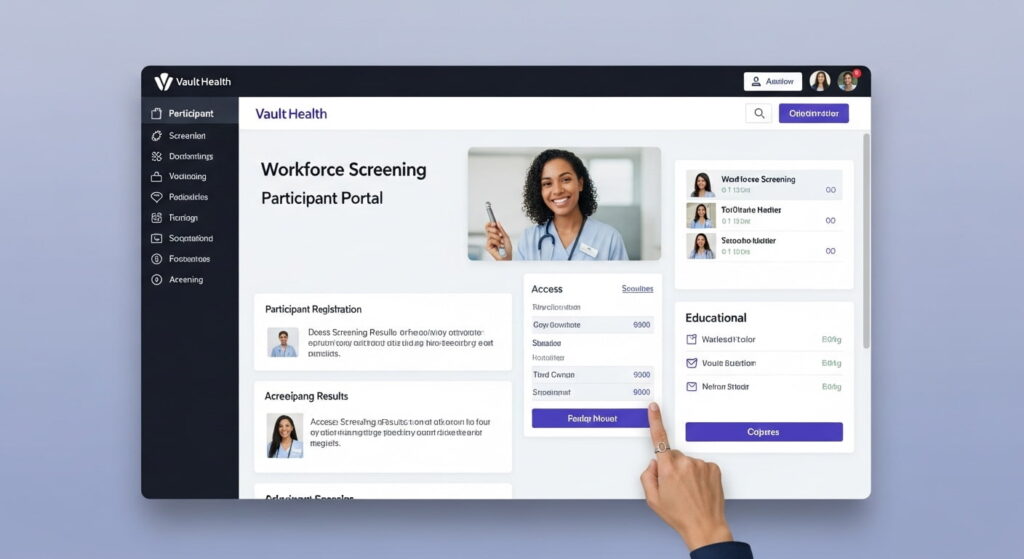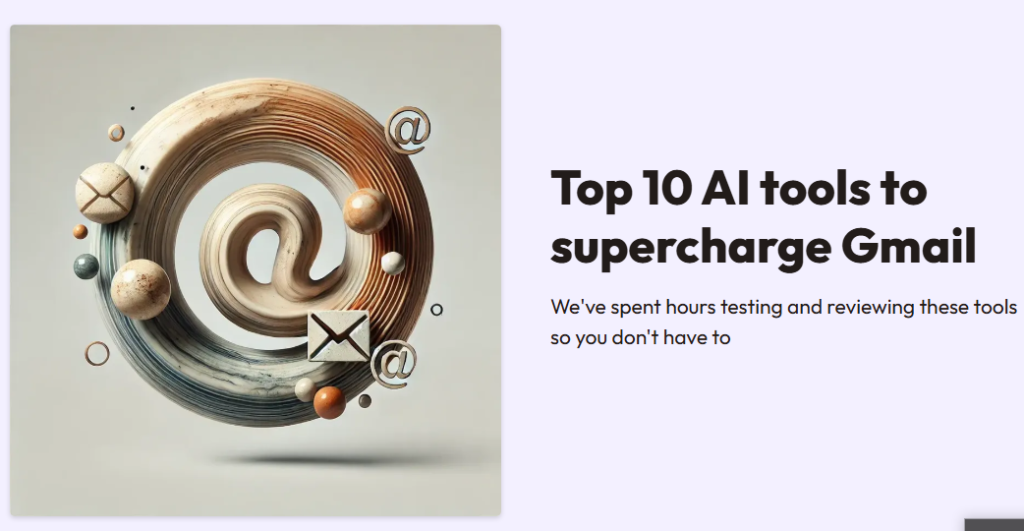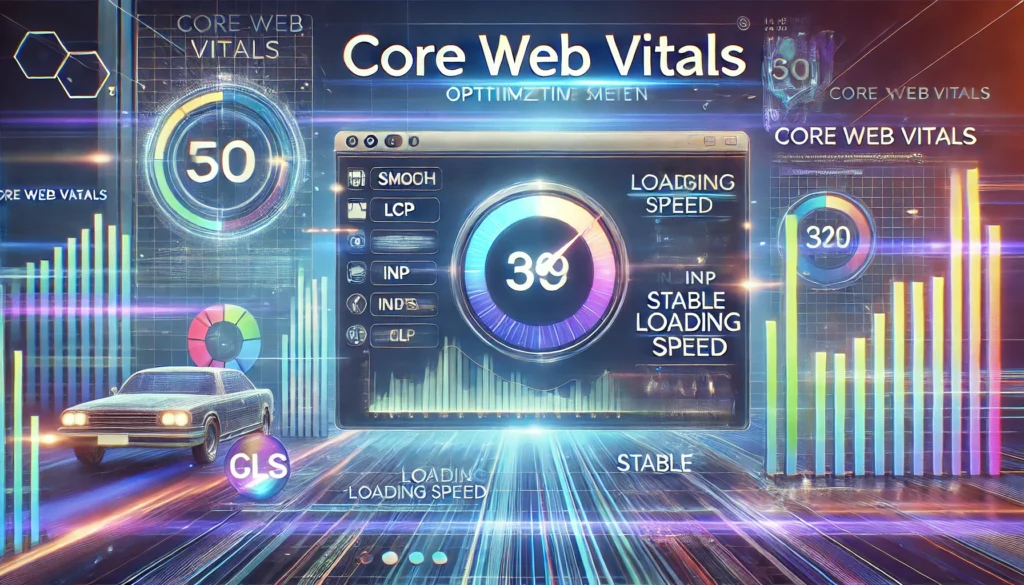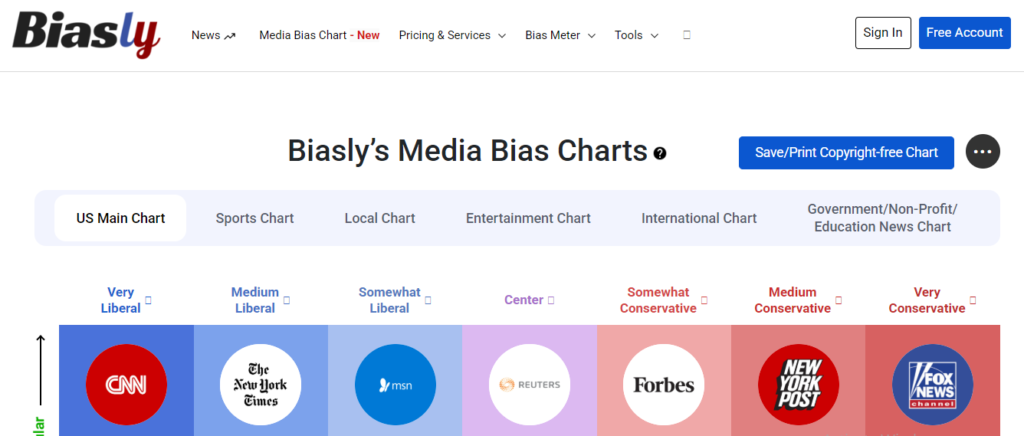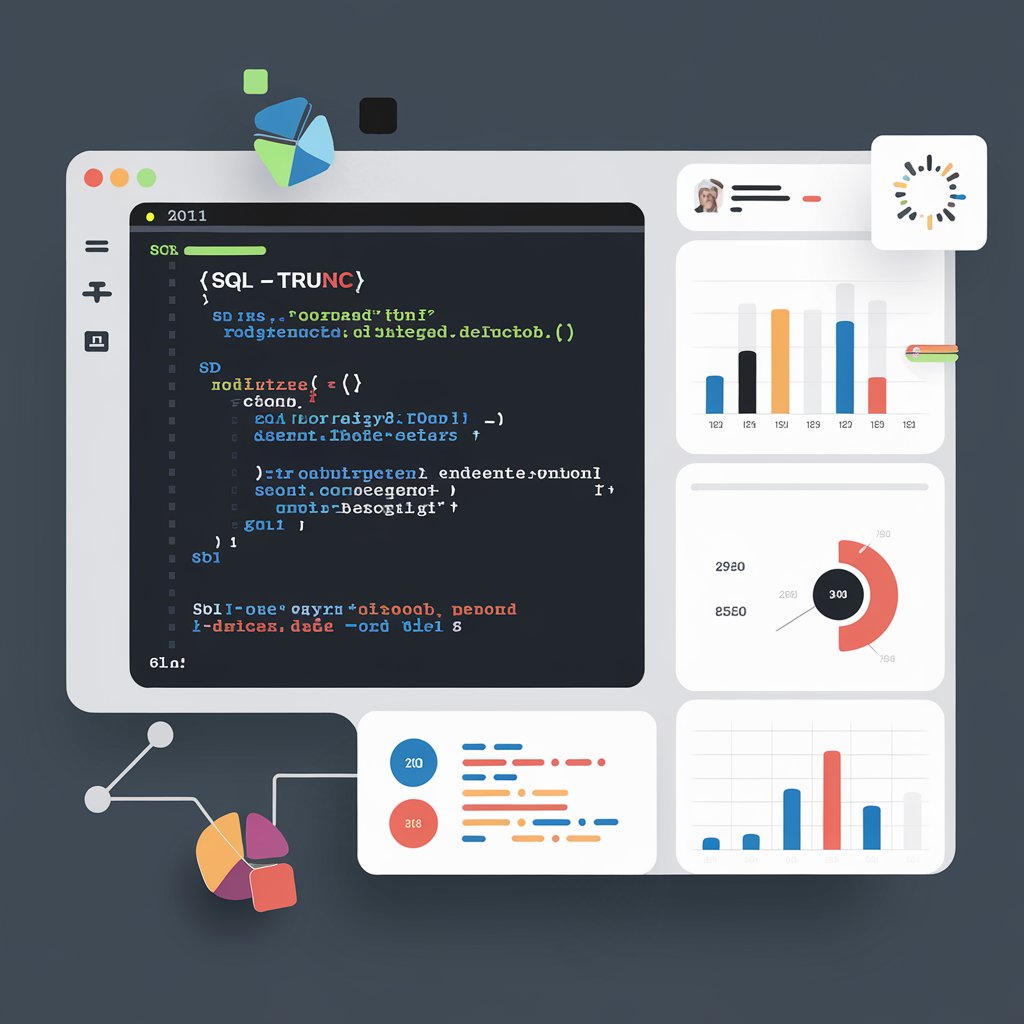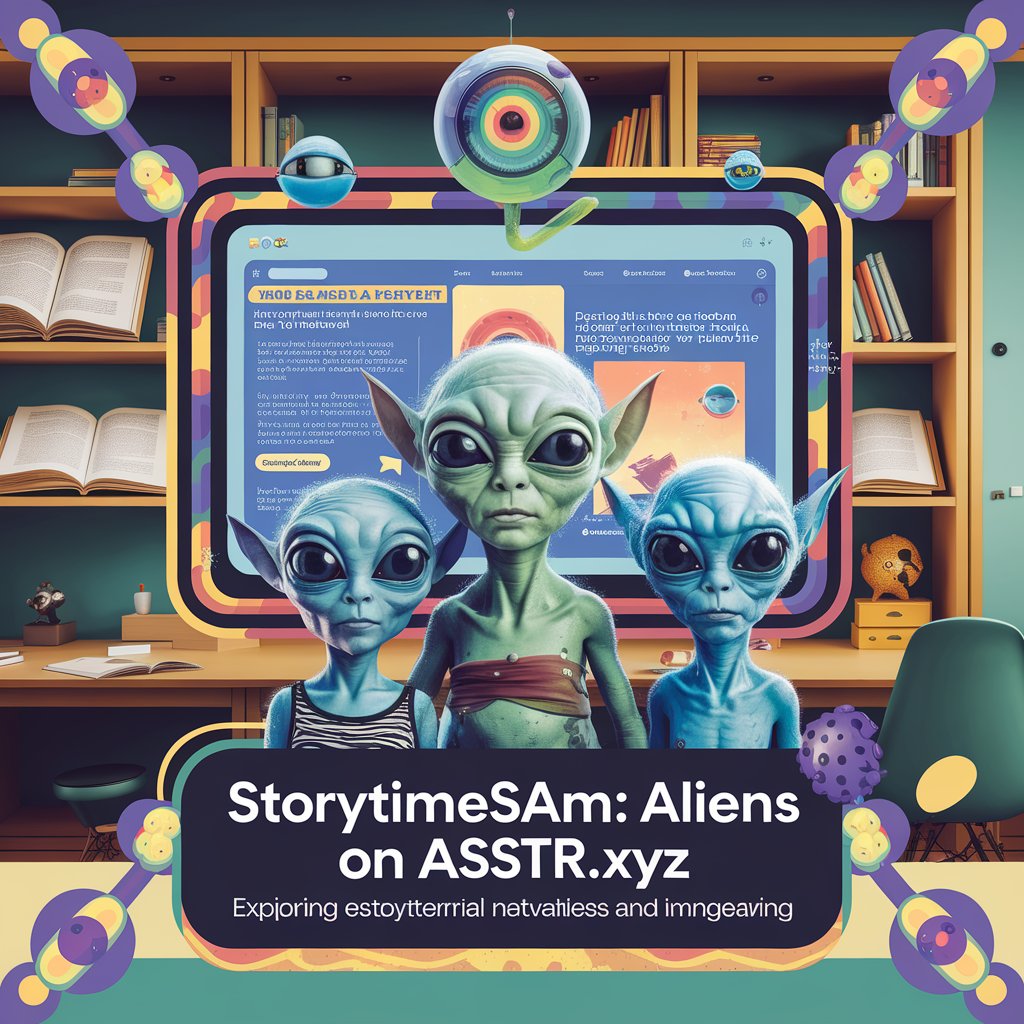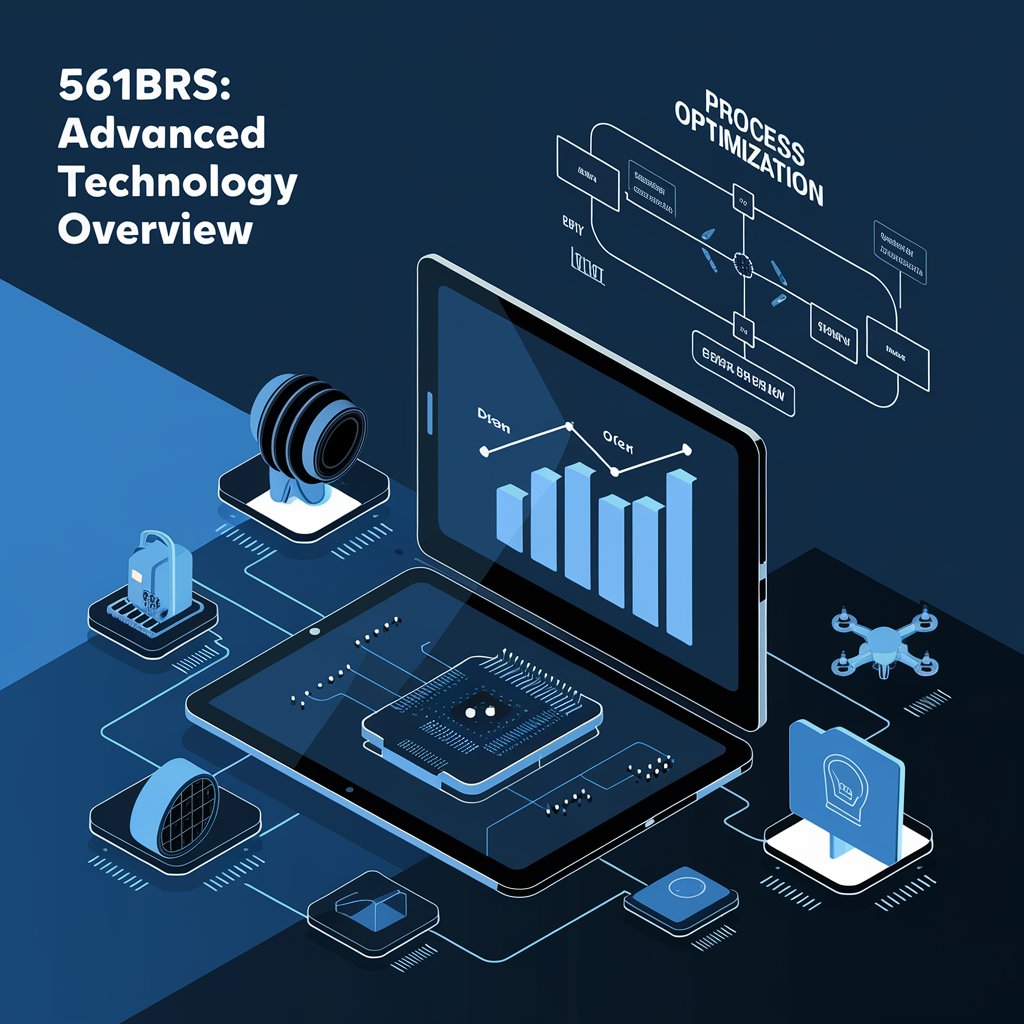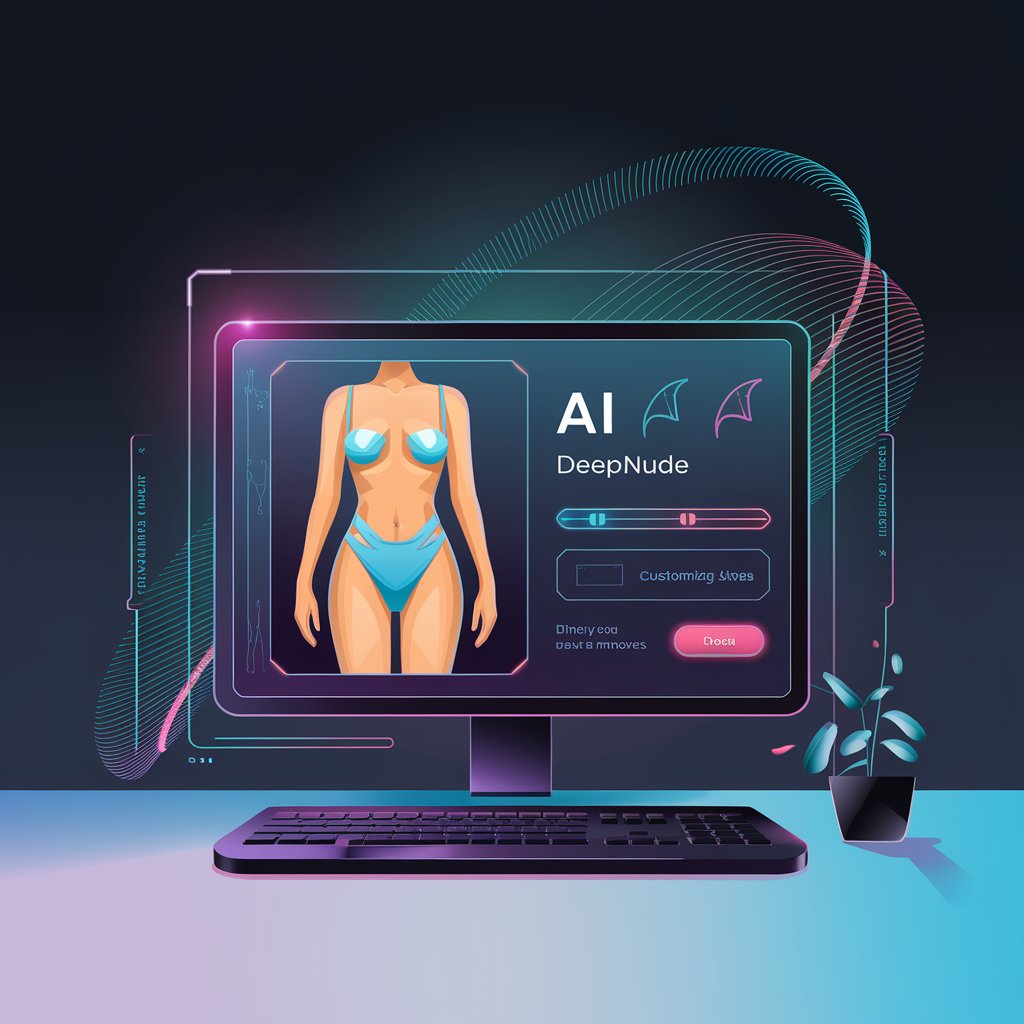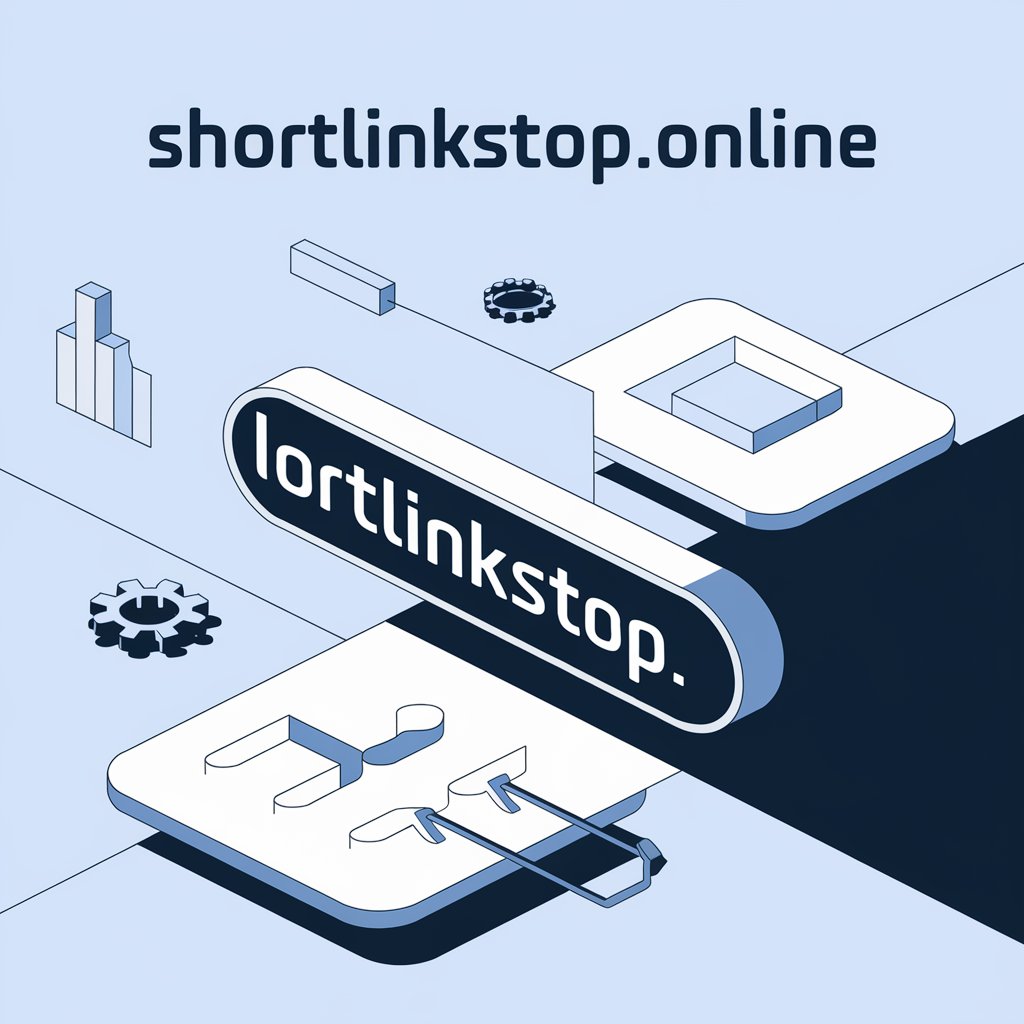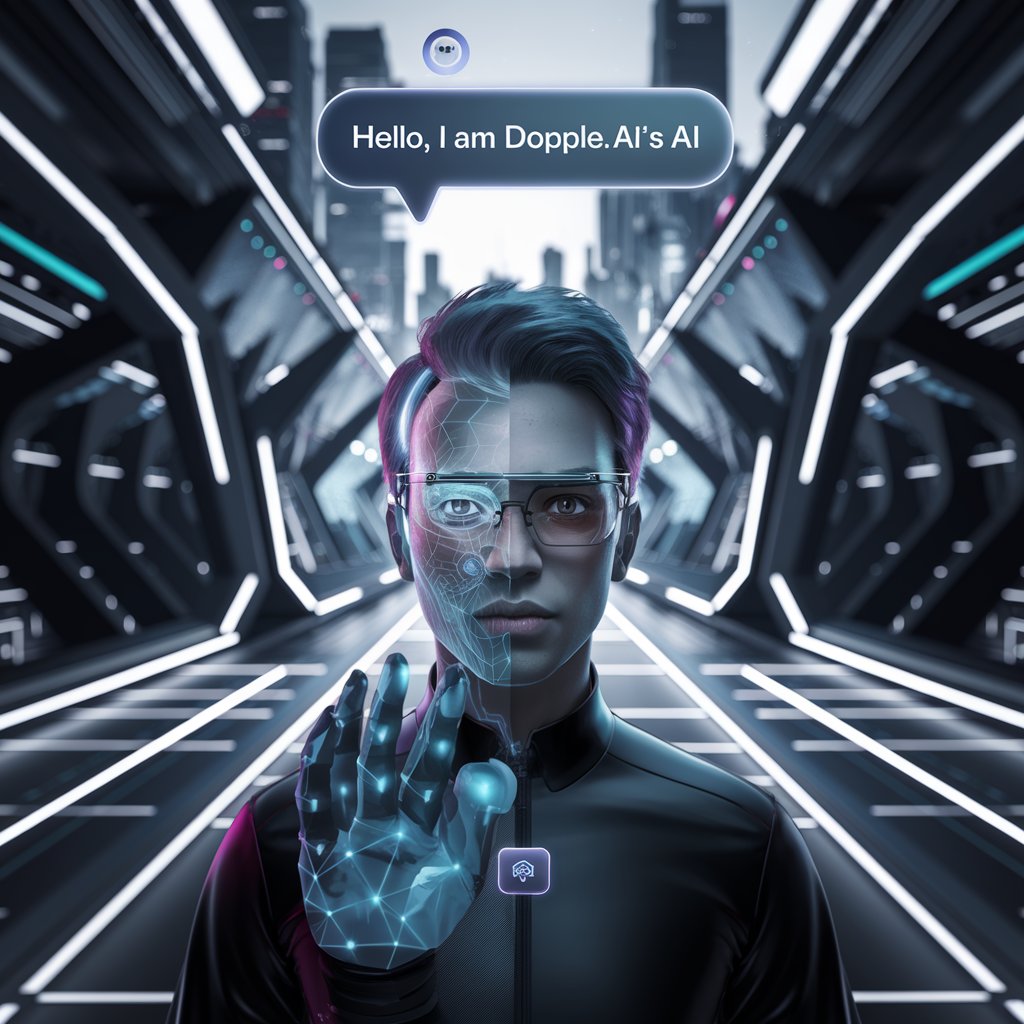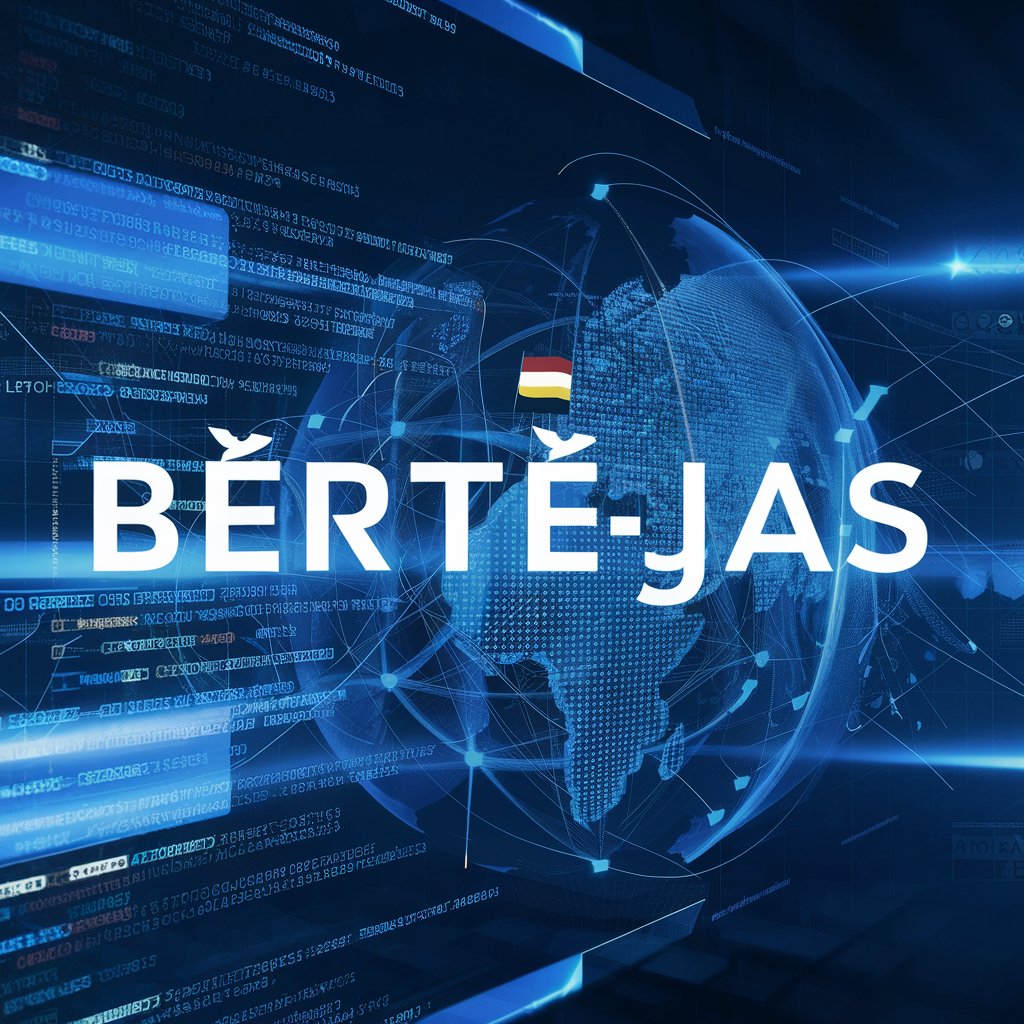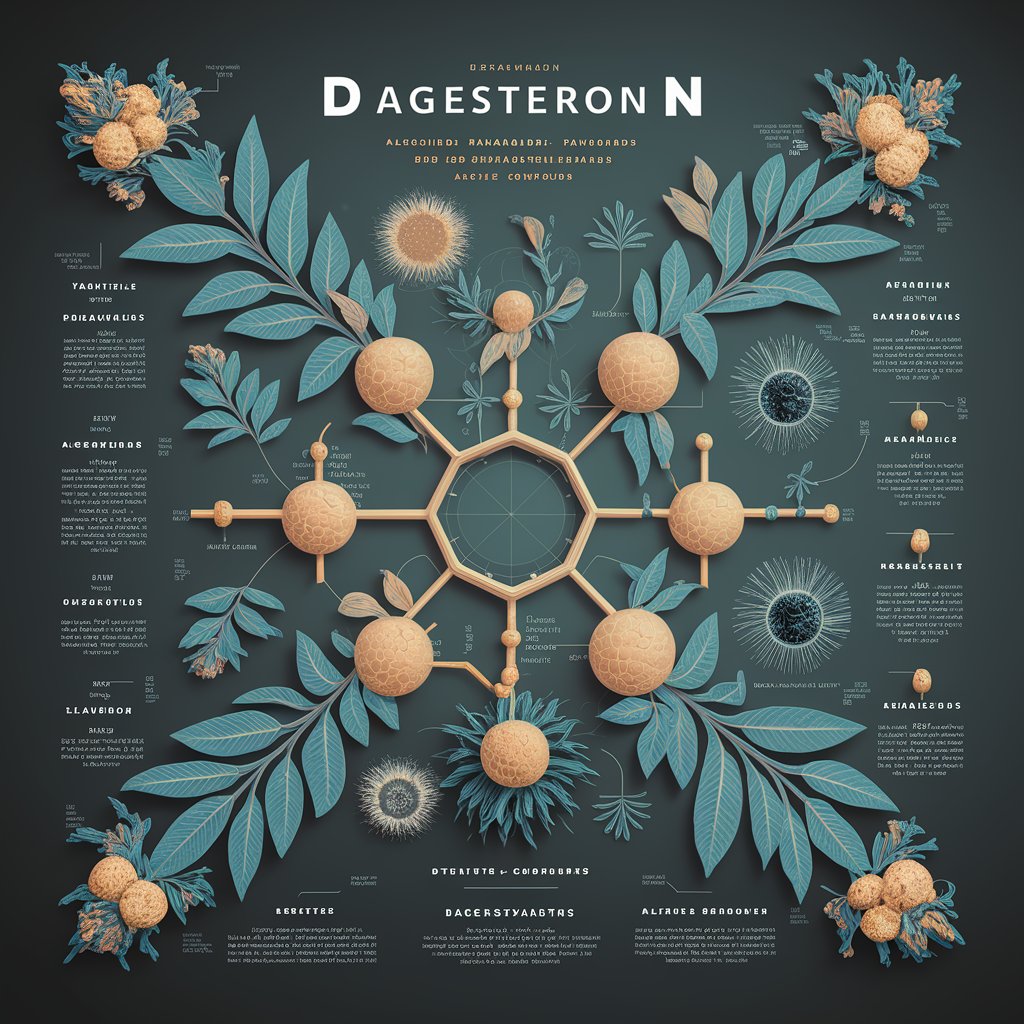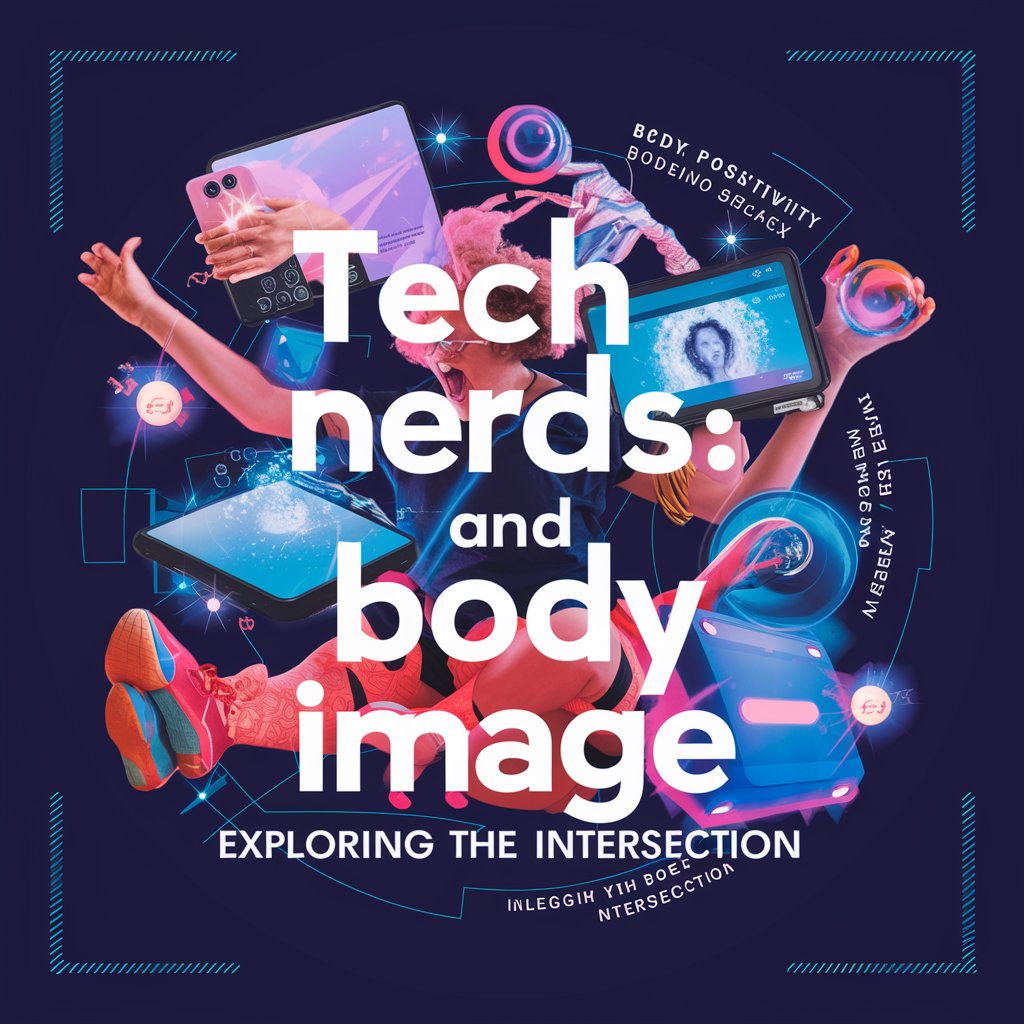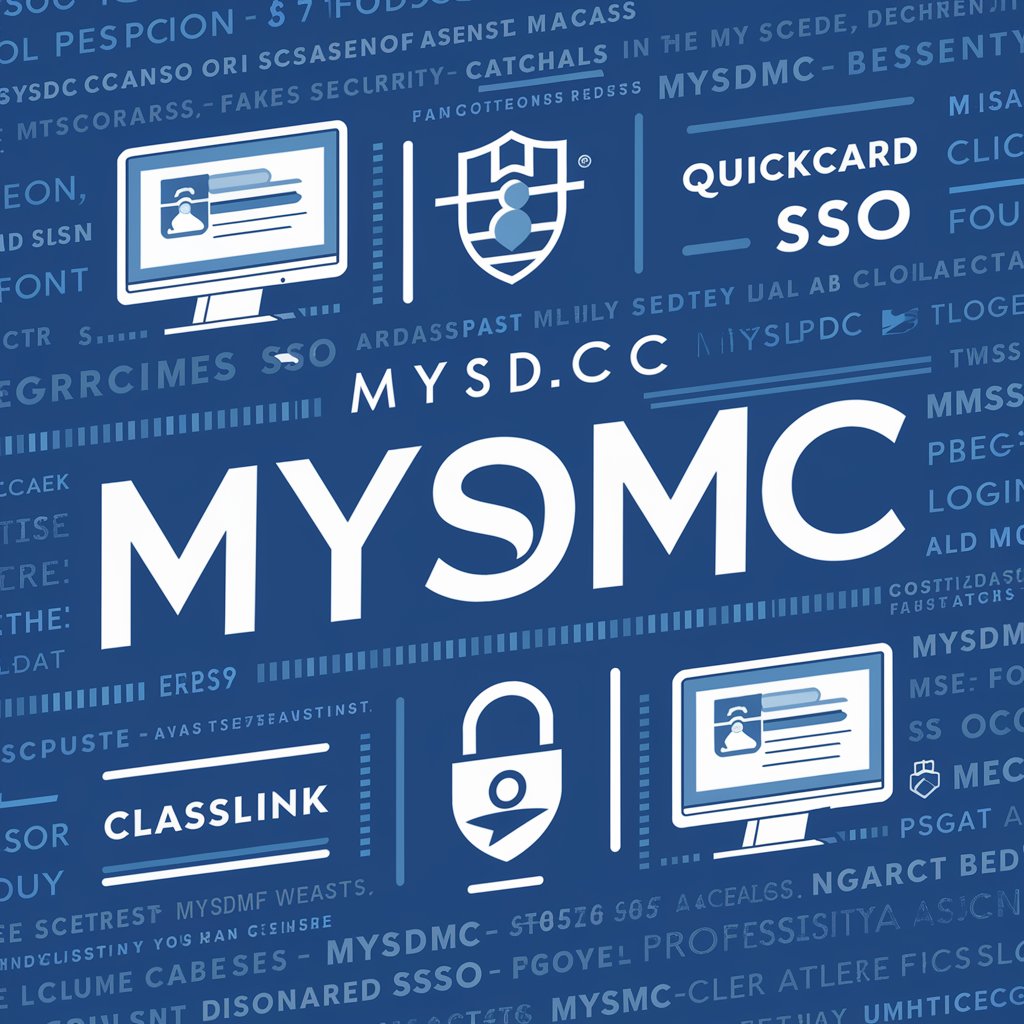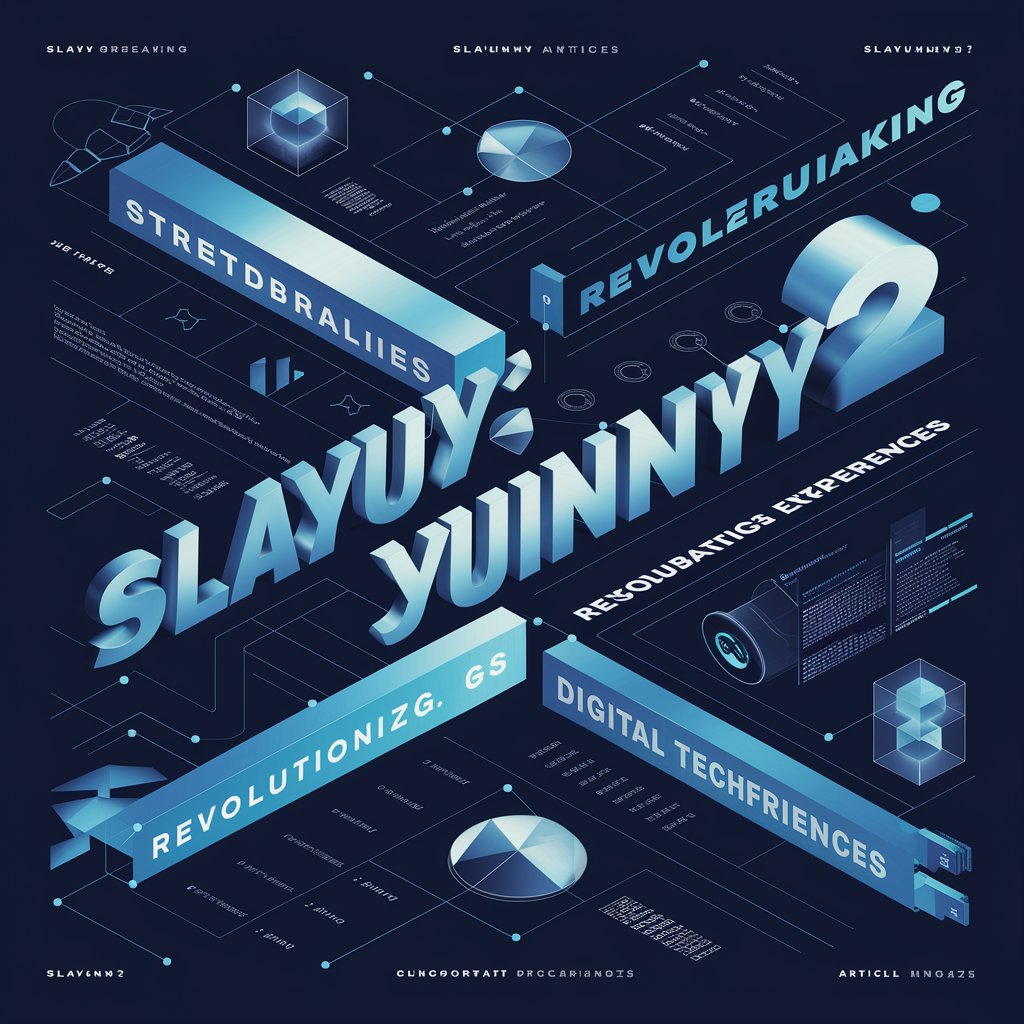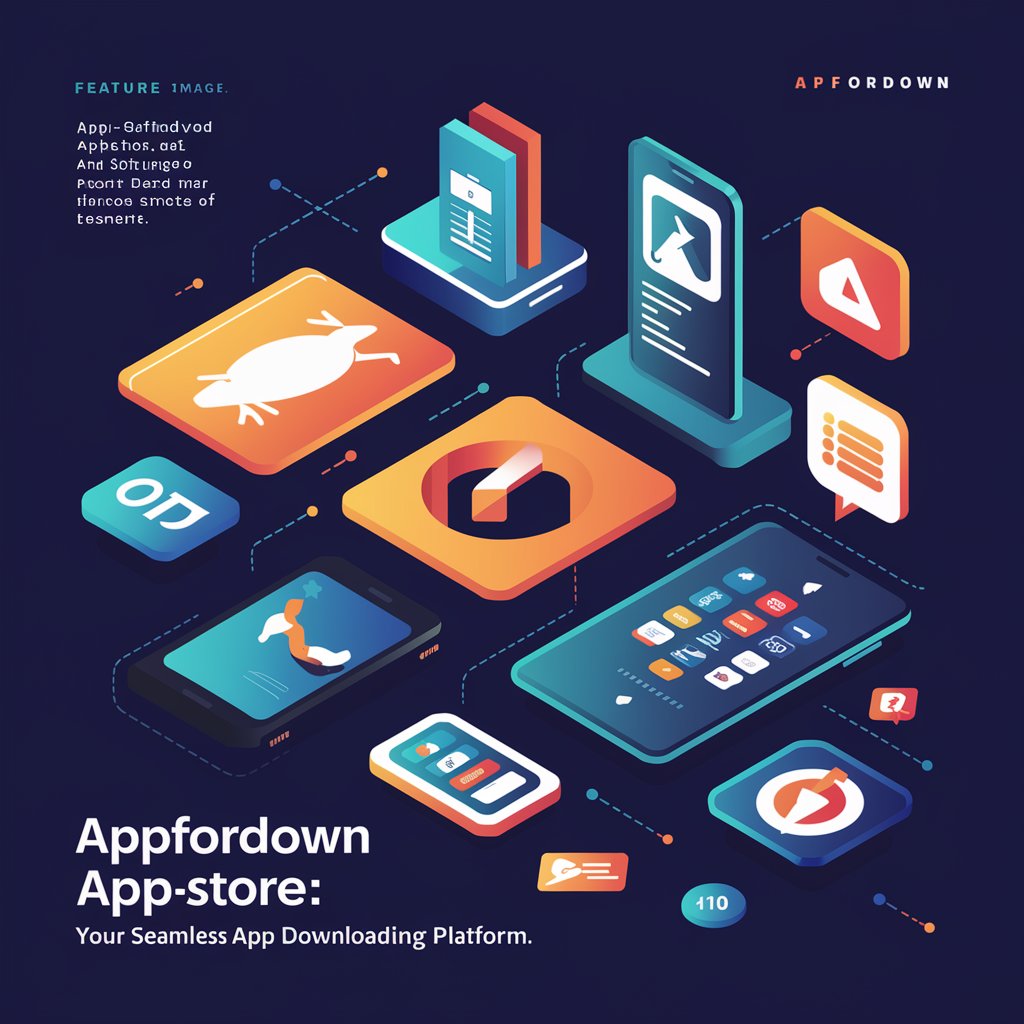intégrammes – The Complete Guide
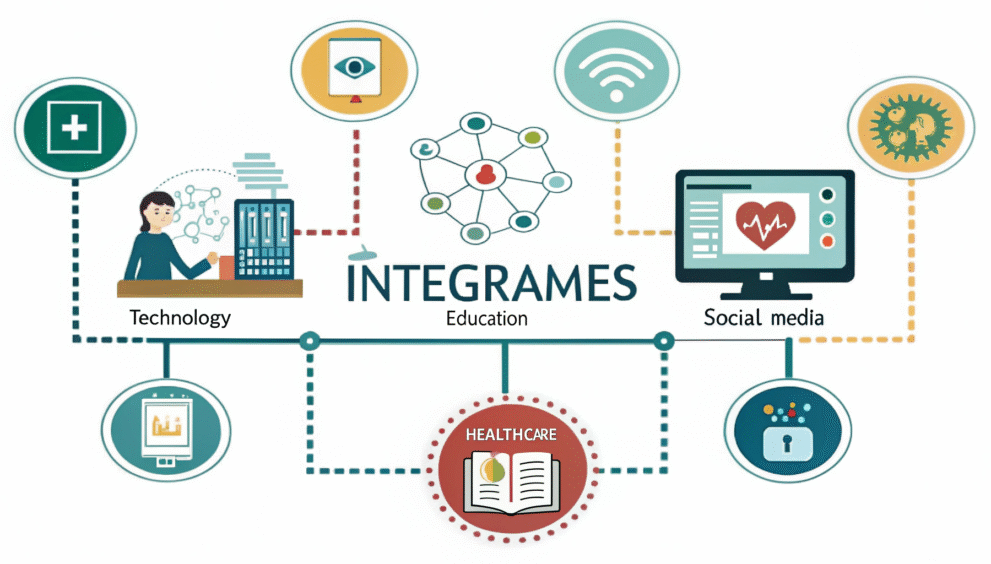
The term Intégrammes is gaining attention in the modern digital world, where technology and communication evolve faster than ever.
Intégrammes refer to integrated programs or solutions that combine multiple processes into one unified system. These can appear in various fields—technology, education, social media, healthcare, and more.
In this article, we will explore what Intégrammes mean, how they work, their benefits, and how they are influencing industries across the world.
What Are Intégrammes?
The word Intégrammes combines “integrated” and “programs,” signifying a set of tools, applications, or systems designed to work together harmoniously. It reflects the modern need for collaboration between different technologies and platforms. Intégrammes are not limited to one specific field—they can refer to software programs, social initiatives, or even educational systems that combine various functions into one coherent framework.
In essence, an Intégramme is built to streamline processes, reduce redundancy, and enhance communication. It brings multiple elements under a single roof to create a seamless experience for users and organizations alike.
The Concept Behind Intégrammes
The idea of Intégrammes revolves around integration and efficiency. As technology evolves, humans develop new ways to connect systems that once operated separately. For example, in software, an Intégramme could be a platform that integrates data analytics, communication tools, and project management features. In education, it could mean a system that combines learning materials, student assessments, and communication between teachers and students.
The primary goal of Intégrammes is to promote collaboration and accessibility. By merging different tools into one, users can save time and focus on what truly matters—whether it’s achieving business goals or improving personal productivity.
Historical Development of Intégrammes
Though the term “Intégrammes” is relatively modern, the concept has existed for decades. In the early days of computing, different software systems operated independently, making data sharing and collaboration difficult. As technology progressed, developers began integrating multiple functions into single systems.
The introduction of cloud computing, APIs (Application Programming Interfaces), and AI-driven tools further advanced this concept. These innovations allowed seamless connections between platforms, leading to the rise of integrated systems—or Intégrammes—in every field. Over time, this approach became essential to managing complex tasks efficiently.
Applications of Intégrammes in Modern Life
Intégrammes are not limited to one domain; they touch nearly every aspect of modern living. Let’s look at how they are applied in key sectors:
- Education: Learning management systems (LMS) integrate teaching tools, online classes, and grading platforms.
- Healthcare: Electronic health records combine patient data, diagnostics, and prescriptions in one secure system.
- Business: Project management tools merge communication, file sharing, and analytics to improve teamwork.
- Social Media: Integrated apps connect users across multiple platforms, allowing synchronized posting and messaging.
- Technology: AI-driven integrations automate tasks, analyze data, and provide insights in real time.
Each example highlights how Intégrammes simplify operations and create smarter, more connected environments.
Benefits of Using Intégrammes
The adoption of Intégrammes offers numerous advantages:
- Improved Efficiency: Integration removes repetitive tasks and speeds up processes.
- Enhanced Communication: Different teams or systems can easily share information.
- Data Consistency: Unified systems reduce errors caused by manual data transfers.
- Cost-Effectiveness: Managing one integrated system is cheaper than running several disconnected ones.
- User-Friendly Experience: With one central platform, users can navigate easily and focus on outcomes.
Ultimately, Intégrammes help organizations and individuals stay productive in an increasingly digital world.
Challenges of Implementing Intégrammes
While Intégrammes bring many benefits, they also present challenges that must be addressed:
- Complex Setup: Integrating multiple systems requires careful planning and expertise.
- Data Security Risks: Connected systems may be vulnerable to cyberattacks if not properly secured.
- Maintenance Requirements: Regular updates are needed to ensure compatibility between integrated tools.
- Training Needs: Users may require time to adapt to a new integrated environment.
Despite these challenges, most organizations find that the long-term rewards outweigh the initial difficulties.
The Role of Artificial Intelligence in Intégrammes
Artificial Intelligence (AI) plays a major role in the success of Intégrammes. AI helps in automating workflows, predicting outcomes, and enhancing decision-making processes. For example, AI algorithms can analyze large data sets within integrated systems to detect patterns or predict trends.
AI also enables intelligent automation, where tasks like scheduling, reporting, or responding to queries can happen without human intervention. As a result, AI-driven Intégrammes not only improve productivity but also reduce human error, ensuring faster and more accurate operations.
Intégrammes in Business and Technology
In the business world, Intégrammes have become the backbone of digital transformation. Companies rely on integrated tools for customer relationship management (CRM), enterprise resource planning (ERP), and marketing automation. These systems allow businesses to track performance, manage data, and communicate with clients all in one place.
In technology, Intégrammes drive innovations like smart homes, connected vehicles, and IoT (Internet of Things) ecosystems. These systems interact seamlessly to improve user convenience, safety, and efficiency.
The Future of Intégrammes
The future of Intégrammes looks bright, as integration continues to be a top priority across industries. With the rapid growth of AI, blockchain, and quantum computing, the potential for more advanced and secure Intégrammes is immense.
We can expect future Intégrammes to focus on personalization, automation, and sustainability. They will not only simplify daily tasks but also contribute to smarter cities, better education, and more efficient global communication. As people continue to rely on technology, Intégrammes will become essential in connecting every part of our digital lives.
Why Intégrammes Matter Today?
In today’s fast-paced world, time and efficiency are more valuable than ever. Intégrammes address these needs by bringing harmony between systems that once worked separately. They represent progress toward a world where technology truly supports human growth and creativity.
Whether used in business, education, or personal life, Intégrammes ensure that we stay connected, productive, and informed. Their importance lies not just in what they do, but in how they make technology more human-centered and accessible for all.
Conclusion
In conclusion, Intégrammes symbolize the power of integration in modern times. They merge technology, communication, and intelligence to create systems that enhance everyday life.
From education to healthcare, and from business to entertainment, the concept of Intégrammes continues to evolve and influence the way we interact with the digital world.
The journey of Intégrammes reflects the ongoing human pursuit of efficiency and innovation. As technology grows, so will our ability to connect systems, ideas, and people across the globe. The future of Intégrammes promises not just convenience but also smarter and more meaningful connections in an increasingly digital era.
FAQs
1. What does the term Intégrammes mean?
Intégrammes refers to integrated systems or programs that combine different functions into one platform. It’s designed to improve communication, efficiency, and user experience.
2. How are Intégrammes used in everyday life?
They appear in apps, software, and platforms that bring together multiple features, such as education systems, healthcare tools, and smart technology.
3. Why are Intégrammes important?
They simplify complex processes, reduce errors, and make information easier to access, helping both individuals and organizations achieve better results.
4. Who benefits from using Intégrammes?
Businesses, educators, healthcare professionals, and even individuals benefit by saving time and improving productivity through integrated systems.
5. Are Intégrammes related to artificial intelligence?
Yes, AI often enhances Intégrammes by automating tasks, analyzing data, and providing smart solutions to everyday challenges.
6. What are the main advantages of Intégrammes?
The main benefits include improved communication, cost savings, faster decision-making, and better data management.
7. What challenges come with Intégrammes?
Challenges include setup complexity, potential cybersecurity risks, and the need for proper user training and maintenance.
8. How do Intégrammes impact education?
In education, Intégrammes connect online learning tools, grading systems, and teacher-student communication, creating a more efficient learning environment.
9. What is the future of Intégrammes?
The future will focus on AI-powered automation, sustainability, and more personalized integrations across industries and technologies.
10. How can I learn more about Intégrammes?
You can explore technology blogs, online courses, and digital transformation resources that explain integrated systems and their applications.
 English
English 
